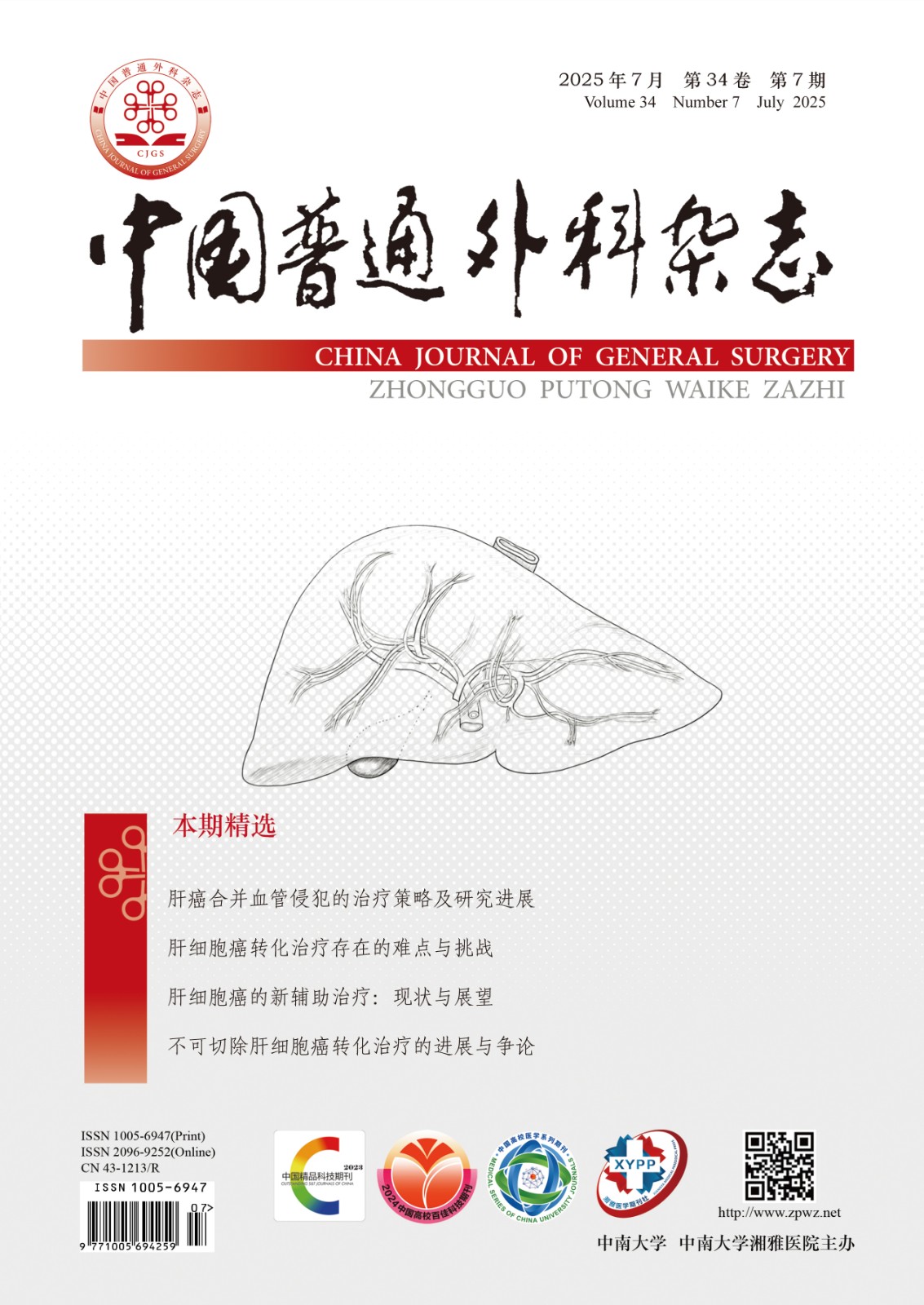Abstract:Background and Aims Acute biliary pancreatitis (ABP) secondary to gallbladder stones has a rapid onset and swift progression, which can be life threatening in severe cases. However, the mechanism and risk factors for ABP induced by gallbladder stones are not entirely clear at present. Therefore, this study was conducted to investigate the risk factors for ABP in patients with cholecystolithiasis, and to construct a predictive model for the risk of ABP.Methods A total of 503 patients admitted for abdominal pain and diagnosed as cholecystolithiasis from January 2018 to March 2021 were enrolled as study subjects. The general clinical data, laboratory data and the occurrence of ABP of the patients were gathered. The risk factors for ABP were screened by univariate and multivariate analyses. The area under curve (AUC) and best cut-off value of each risk factor were determined by ROC curve analysis. A nomogram predictive model was constructed to quantify patient risk, and its clinical predictive ability was assessed by calibration curve and decision curve analyses.Results Among the 503 patients with cholecystolithiasis, 119 cases (23.66%) developed ABP. In patients with ABP compared with those without ABP, the APACHE Ⅱ score, proportion of cases with abnormal gallbladder size, proportion of cases with multiple gallbladder stones, proportion of cases with common bile duct stones, amylase (AMS), C-reactive protein (CRP), procalcitonin (PCT) and neutrophil to lymphocyte ratio (NLR) were increased (P<0.05), while the gallbladder wall thickness was decreased significantly (all P<0.05). Results of ROC curve analysis showed that the AUC values for APACHE Ⅱ score, gallbladder wall thickness, AMS, CRP, PCT and NLR were 0.681, 0.769, 0.886, 0.734, 0.869 and 0.822, and the best cut-off values were 13.89, 1.89 mm, 382.10 U/L, 18.69 mg/L, 5.76 μg/L and 3.05, respectively. Multivariate Logistic regression analysis showed that gallbladder wall thickness (<1.89 mm), multiple gallstones, AMS (≥382.10 U/L), CRP (≥18.69 mg/L), PCT (≥3.68 g/dL) and NLR (≥3.05) were independent risk factors for the occurrence of ABP in patients with cholecystolithiasis (all P<0.05). For the nomogram constructed by integrating the independent risk factors, the C-index was 0.691 (95% CI=0.661-0.735), and risk threshold was 0.14, and the clinical net benefit of the nomogram model was significantly higher than that predicted by any single variable.Conclusion Gallbladder wall thickness, multiple gallstones, AMS, CRP, PCT, and NLR are factors closely related to the occurrence of ABP in patients with gallbladder stones. The nomogram model constructed based on these factors has certain clinical value for early identification and warning of ABP in patients with gallbladder stones.
















































